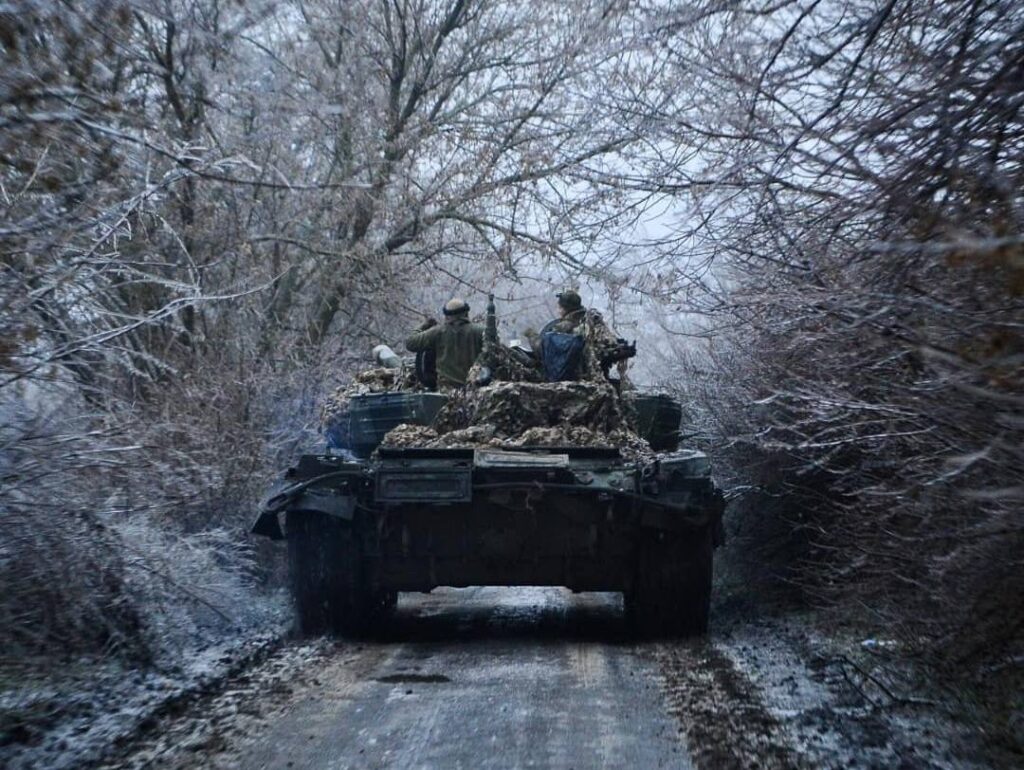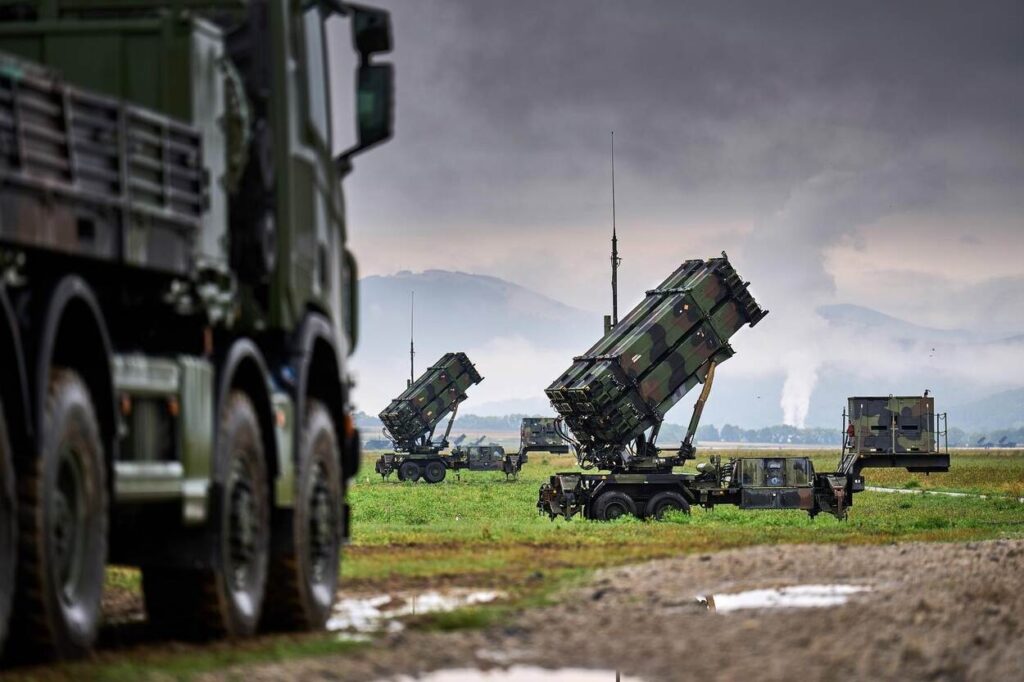FT: West plans 3-layer defense system for post-war Ukraine with NATO forces

Western countries are discussing a security guarantee system for Ukraine that could be implemented after a peace agreement is concluded, according to Financial Times sources.
The proposed defense structure consists of three distinct layers. The first line of defense would be a demilitarized zone on the border, possibly controlled by peacekeepers from a third country with agreement from both Kyiv and Moscow, sources told the publication.
Ukrainian forces, armed and trained by NATO, would form the second line of defense and provide the main defensive capability. The third line would consist of European deterrent forces deployed deeper in the country with logistical support from the United States.
Coalition of the Willing takes shape
Within the framework of the so-called Coalition of the Willing, Britain has proposed deploying Typhoon fighter jets in western Ukraine and a brigade of 3,000-5,000 military personnel to train the Ukrainian army, according to media reports. France, Canada and Australia could also send troops to western Ukraine.
Czech President Petr Pavel stated that his country “could be part of peacekeeping forces in Ukraine.” Lithuania has also declared its readiness to provide peacekeeping troops for a possible mission in Ukraine.
Bloomberg previously reported that approximately 10 countries are prepared to send their troops to Ukrainian territory after the war.
US position and skepticism
Washington emphasizes it has no intention of sending its troops to Ukrainian territory but is ready to provide intelligence, surveillance capabilities, and participate in developing Ukraine’s air defense system.
However, part of US President Donald Trump’s administration remains skeptical about possible guarantees, fearing the United States could be drawn into a new conflict.
Russian opposition
Russia opposes the deployment of any Western forces. Russian Foreign Minister Sergey Lavrov said that negotiations on security guarantees without Moscow are “a road to nowhere.”
According to Lavrov, the security guarantees discussed between Russia and Ukraine in Istanbul in 2022 are “a very good example” of what the Kremlin would approve.
The security guarantee discussions for Kyiv have become more active following Ukrainian President Volodymyr Zelenskyy’s meeting with US President Donald Trump and European colleagues in Washington.


